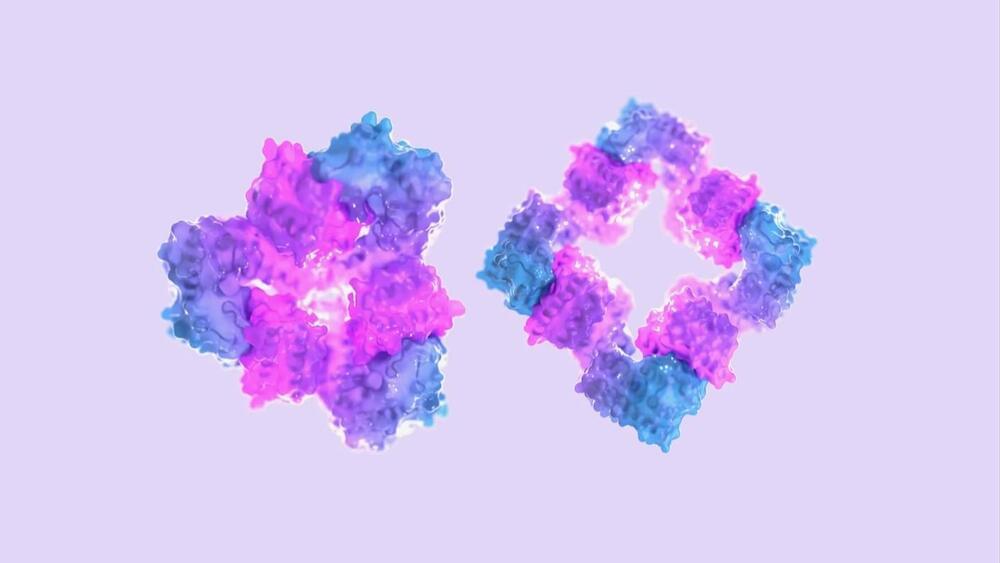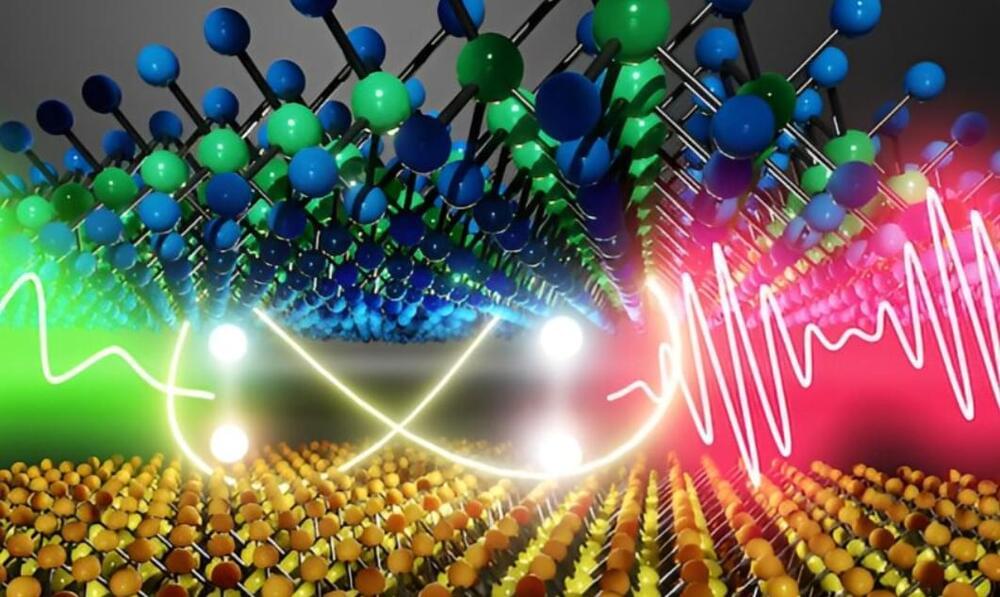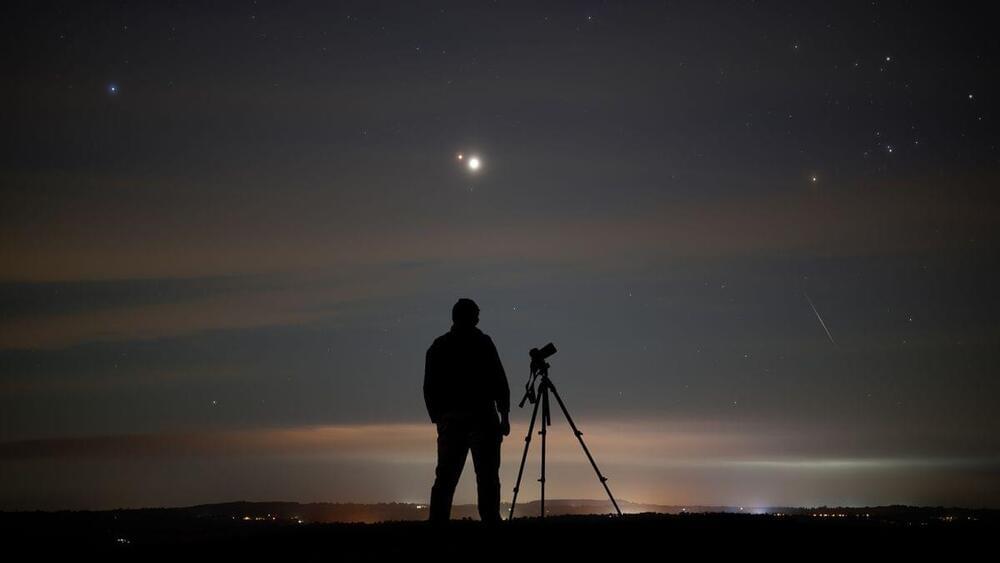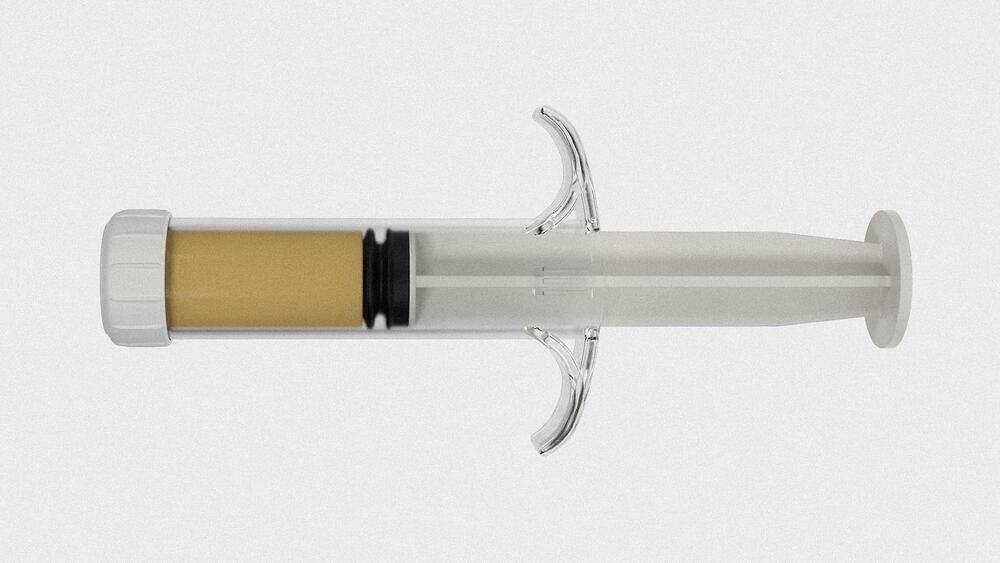This type of molecular collaboration has inspired scientists for nearly a century. Here, oxygen is the effector. It flips a protein switch, helping proteins better carry oxygen through the body. In other words, it may be possible to optimize protein functions with an alternative effector drug.
The problem? The original inspiration is wonky. Sometimes hemoglobin proteins carry oxygen. Other times they don’t. In 1965, a French and American collaboration found out why. Each protein alternates between two three-dimensional shapes—one that carries oxygen and another that doesn’t. The shapes can’t coexist in the assembled protein to carry oxygen: It’s all-or-none, depending on the presence and amount of the effector.
The new study built on these lessons to guide their AI-designed proteins.






